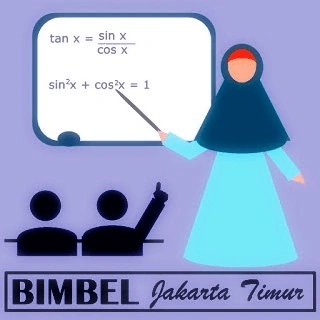Bimbel Jakarta Timur Bimbingan Akademik Berkualitas Jakarta Timur
Jl. Wijaya Kusuma II No.212, RT.1/RW.7, Malaka Sari, Kec. Duren Sawit, Kota Jakarta Timur, Daerah Khusus Ibukota Jakarta 13460, 0895322288565

Bimbel Jakarta Timur

Bimbel Jakarta Timur

Bimbel Jakarta Timur

Bimbel Jakarta Timur
Bimbel Jakarta Timur

Bimbel Jakarta Timur

Bimbel Jakarta Timur



Bimbel Jakarta Timur
Jl. Wijaya Kusuma II No.212, RT.1/RW.7, Malaka Sari, Kec. Duren Sawit, Kota Jakarta Timur, Daerah Khusus Ibukota Jakarta 13460, 0895322288565
Radarhot com is an Indonesian website that has carved a niche for itself in the realm of educational and scientific news. As the world increasingly turns to …
Baca selengkapnya



Social Plugin